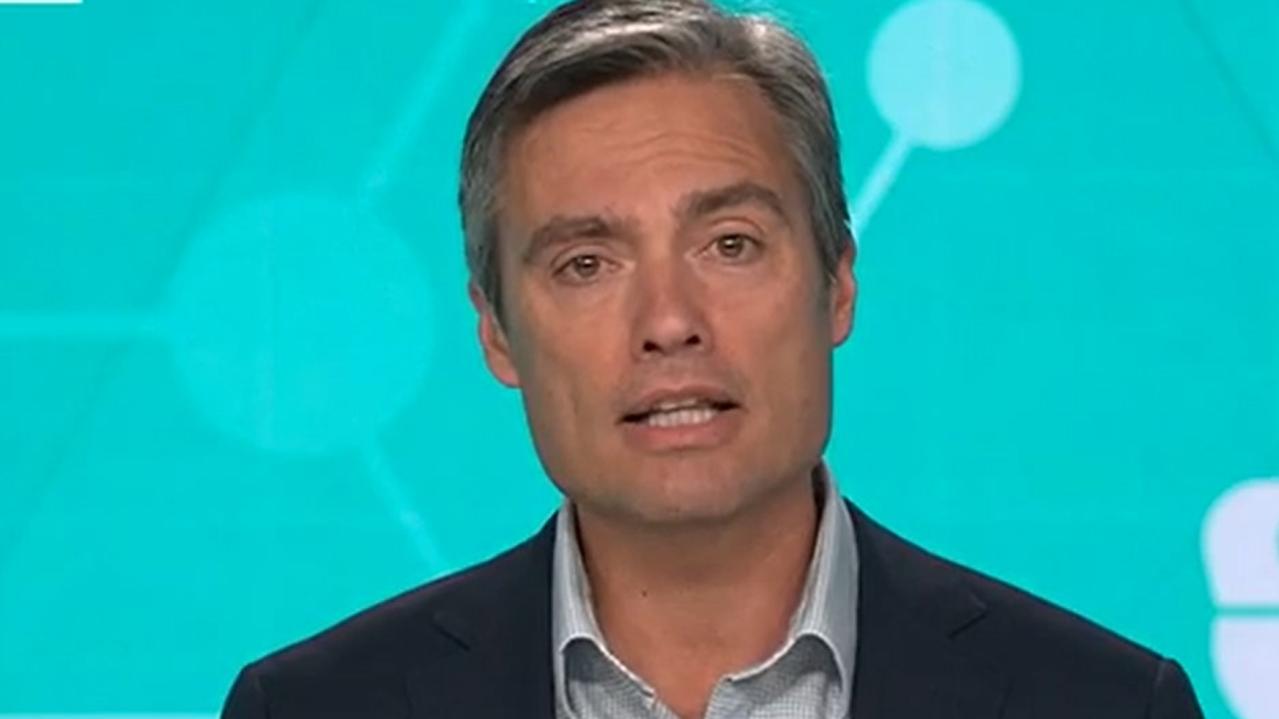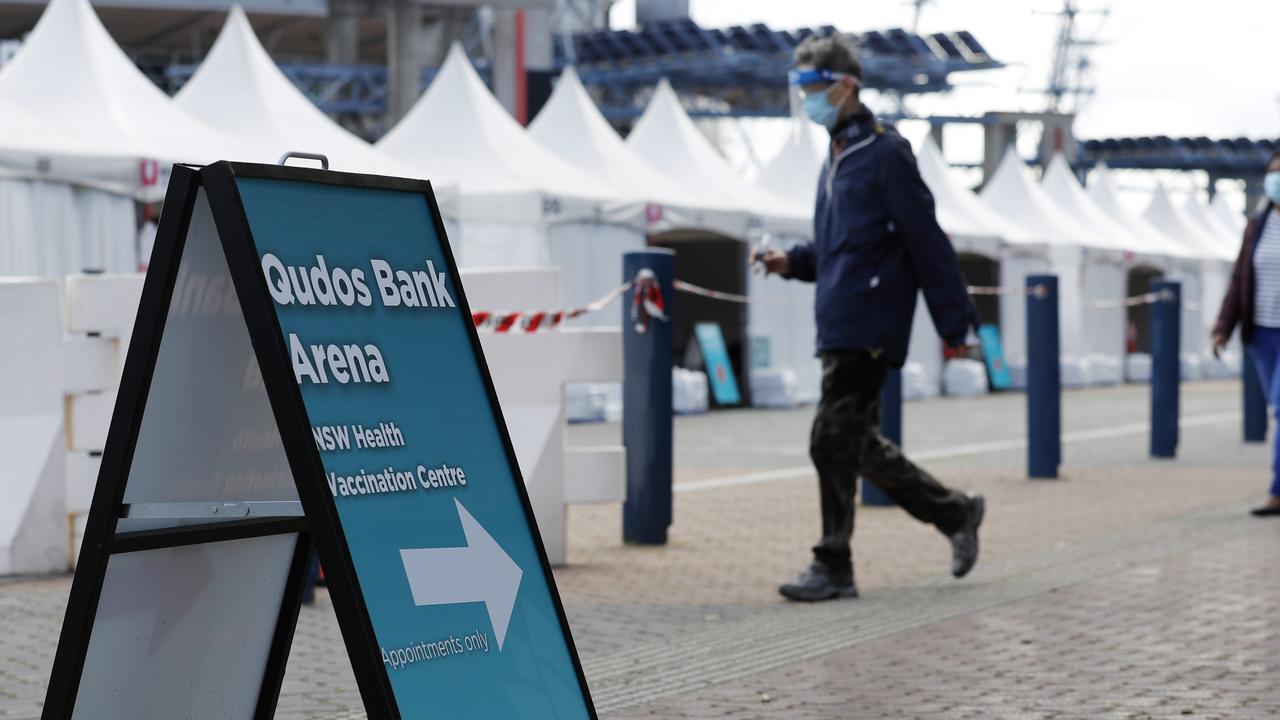Coronavirus Australia live updates: Construction sector pleads for help to save jobs
The economic storm caused by coronavirus is impacting housing markets and a leading analyst is warning of a property price bloodbath.
A leading property analyst has warned that the coronavirus crisis could see property prices plunge in Australia.
Louis Christopher from SQM Research said the economic consequences of the pandemic, coupled with lower migration rates, could put severe downward pressure on prices.
Meanwhile, there are fears that hundreds of thousands of jobs in the crucial construction sector are at risk.
The warning comes as Prime Minister Scott Morrison says Australia has achieved an "unimaginable" rate of growth amid the coronavirus pandemic and is now on the road to recovery.
But some state health authorities are reportedly concerned that his confidence - and the touted easing of social distancing restrictions - are "premature".
READ MORE: Follow the latest coronavirus news here
Australia has recorded 76 deaths from COVID-19 so far, with 6661 confirmed cases. They include 2976 in New South Wales, 1337 in Victoria, 1026 in Queensland, 438 in South Australia, 546 in Western Australia, 207 in Tasmania, 104 in the Australian Capital Territory and 27 in the Northern Territory.
Follow our live, rolling coverage of the pandemic below.



